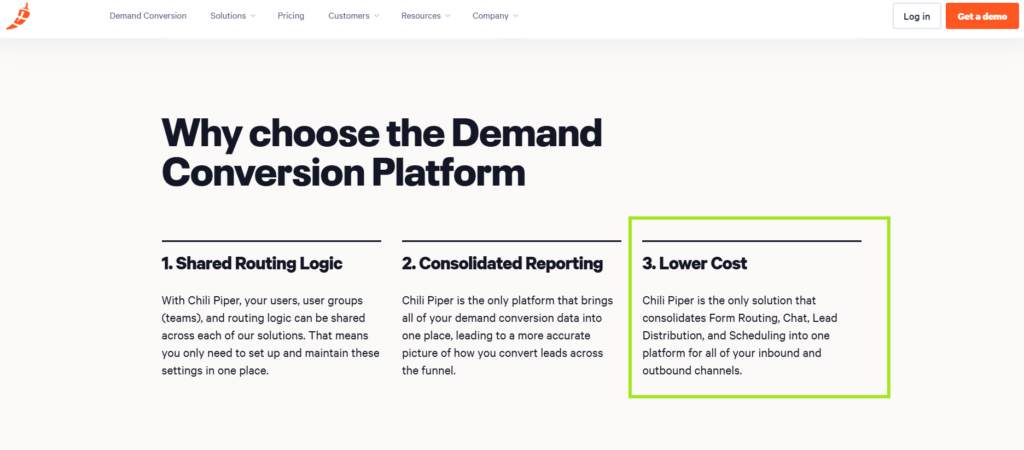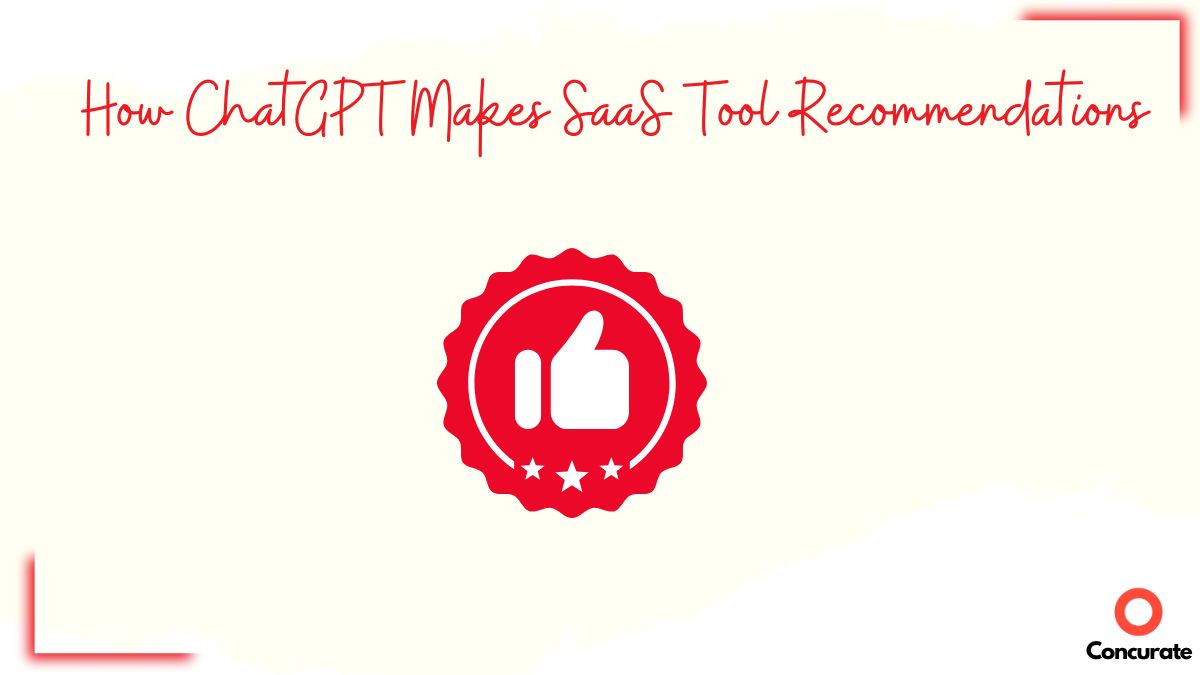In 2016, Chili Piper set out to make booking meetings easier for SDRs, gaining fast traction and reaching $2 million in revenue by 2018.
The company hit a notable $15 million revenue mark by 2021, fueled by smart capital raises. But as market conditions compressed, a tough choice awaited co-founders Nicolas Vandenberg and Alina Vandenberghe: to maintain long-term growth, they had to scale back.
In a challenging move, Chili Piper reduced its team from 225 to 150 after a company retreat, a decision that ultimately brought the company to profitability.
Today, Chili Piper has over 2,000 customers and continues its trajectory with a leaner, multi-product strategy and new AI-powered tools on the horizon.

Let’s explore how Chili Piper redefined growth with a lean, calculated approach in a down market.
For further exploration of these strategies, check out the full article here: How Loom Leveraged Product-Led Growth to Win 1.2M Users—Without Traditional Marketing
1. The Shift to Profitability
After years of fast expansion, the 2022 market downturn forced a shift in perspective. Chili Piper’s team went on a retreat to Morocco, only to return and confront a harsh financial reality.
Following a series of investor meetings, Nicolas and Alina saw the writing on the wall: the growth strategy needed to change, fast.

By reducing the team size to 150, Chili Piper was able to cut expenses and turn cashflow positive. This shift ensured financial stability without sacrificing core business priorities.
Key takeaway: Staying nimble and adapting quickly to market changes can mean the difference between survival and growth.
2. Multi-Product Strategy: Expanding Their Core Offerings
Chili Piper started as a meeting scheduling tool for SDRs, but today, it’s evolved into a multi-product suite for lead management and conversion.
With tools like Instant Booker, Handoff, Distro, and Concierge Live, the company now offers comprehensive scheduling, lead distribution, and conversion solutions.

A self-serve model and a soon-to-launch AI scheduling tool keep Chili Piper ahead in customer experience and efficiency, ensuring a more accessible platform across different market segments.
By diversifying products, Chili Piper enhanced customer retention and provided broader value, catering to different stages of the customer journey.
3. Strategic Cost-Cutting While Maintaining Culture
The workforce reduction was a challenging decision, especially after a team-building retreat.
To keep morale strong among the remaining employees, Chili Piper ensured transparency about the decision, extended resources for laid-off team members, and maintained the tradition of company retreats.
A recent trip to Iceland, even after cost reductions, symbolized this commitment to culture.

For Chili Piper, maintaining a strong internal culture was crucial to keeping its remaining team motivated through the transition.
Cost-cutting doesn’t have to mean cutting culture. Strategic decisions can maintain morale and support company values.
4. Leveraging Partnerships for Lean Growth
With a multi-product approach, Chili Piper didn’t just rely on in-house teams but built strategic partnerships with Clearbit, Gong, Intercom, and others.
These partnerships enabled seamless integration with other popular tools and opened new distribution channels.
This ecosystem of partnerships became a key growth driver, amplifying visibility and reach with fewer resources.
Lean growth is about using partnerships to extend your reach and reduce dependency on traditional sales models.
5. Self-Serve Model and Preparing for AI-Driven Expansion
To cater to smaller businesses, Chili Piper is rolling out a self-service model, allowing SMBs to easily onboard without extensive human interaction.
They’re also developing an AI-powered scheduling assistant that aims to provide a “ChatGPT of Calendly” experience.
This move not only keeps costs down by reducing onboarding time but also broadens Chili Piper’s potential market by appealing to both SMBs and enterprise clients.
Automation and self-service models are powerful tools to maintain growth, lower CAC, and scale leanly.
Before We Go
Chili Piper’s lean growth strategy is a case study in resilience and adaptability. By pivoting quickly, diversifying its product suite, and leveraging partnerships, Chili Piper maintained its growth trajectory—even in a compressed market.
For companies navigating uncertain times, Chili Piper’s journey offers a powerful blueprint: sometimes, survival and long-term success come from cutting back, streamlining, and betting on sustainable growth over rapid expansion.
At Concurate, we understand that lean growth requires more than just financial acumen; it needs well-researched, engaging content to drive the right kind of traffic and establish brand authority.
Our content creation services help SaaS companies connect with audiences that matter, fostering growth that’s both sustainable and scalable.
Disclaimer: This article is based on an analysis of the growth strategies discussed by Chili Piper’s CEO, Nicholas Vandenberg, in an interview with Nathan Latka.






